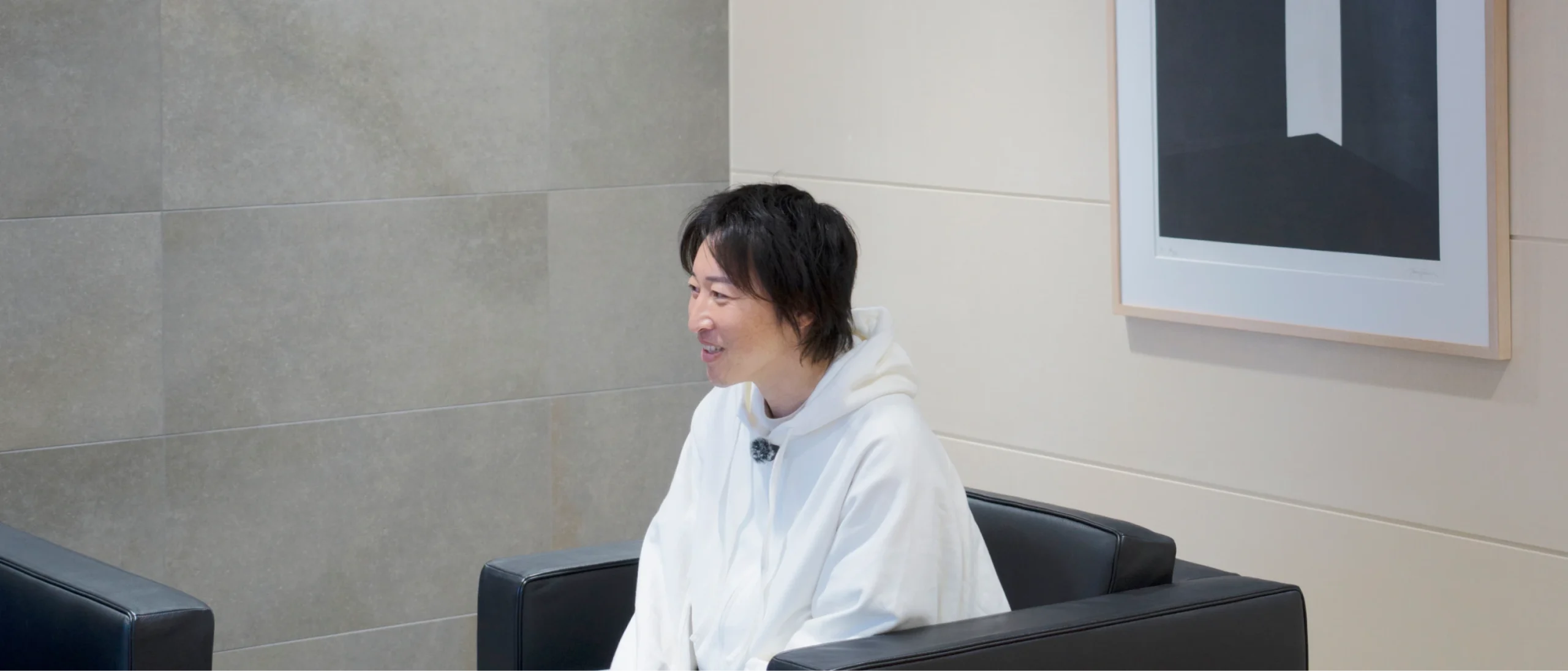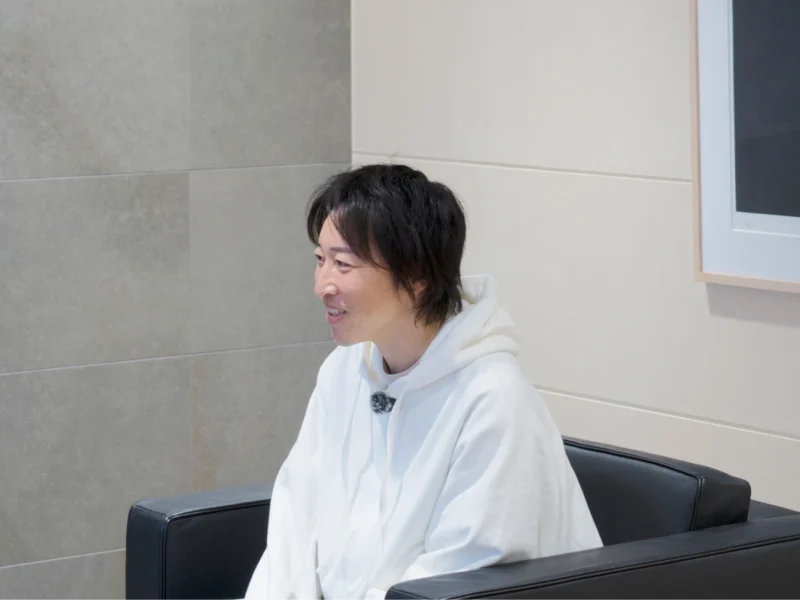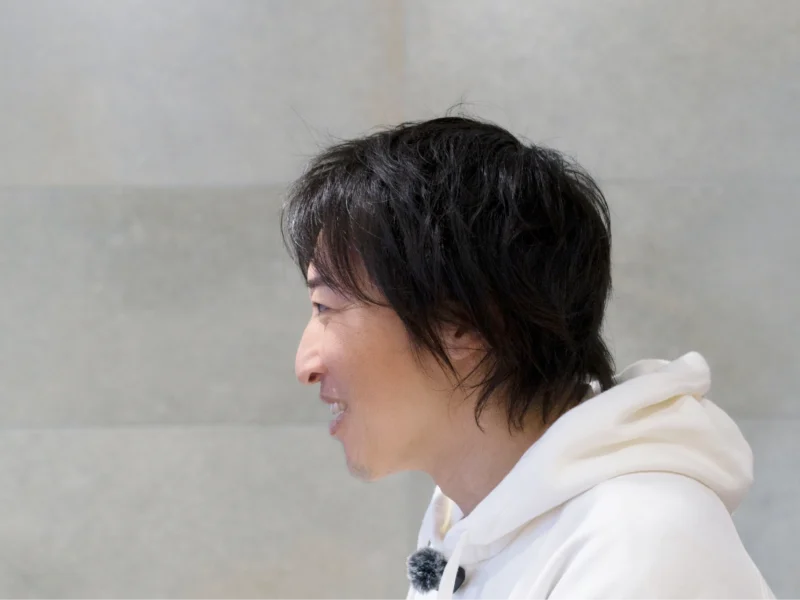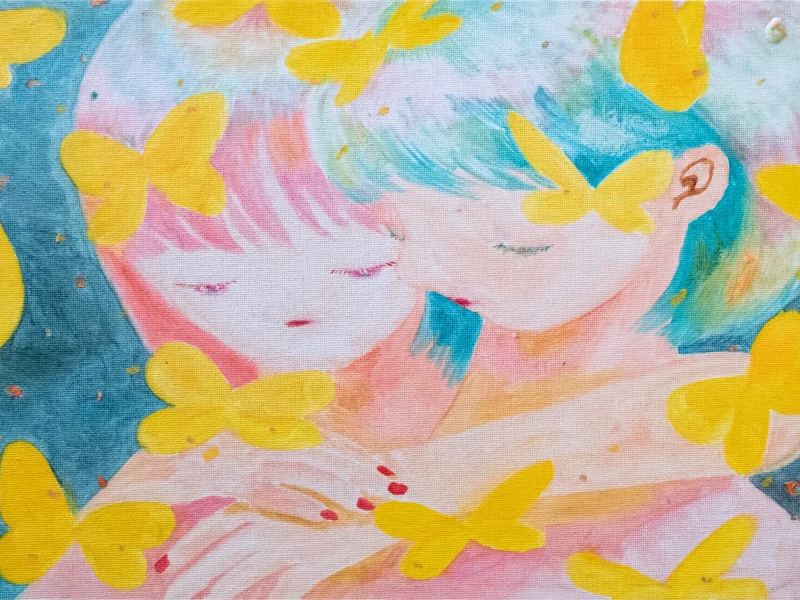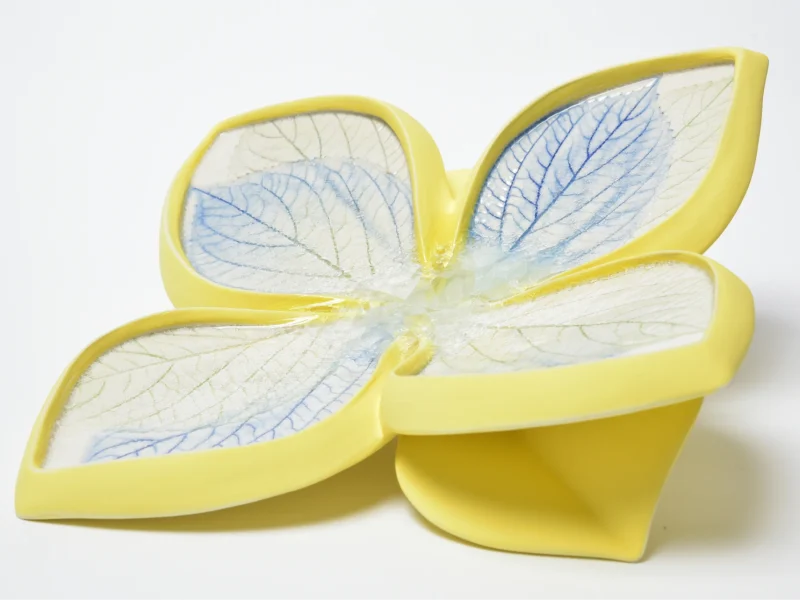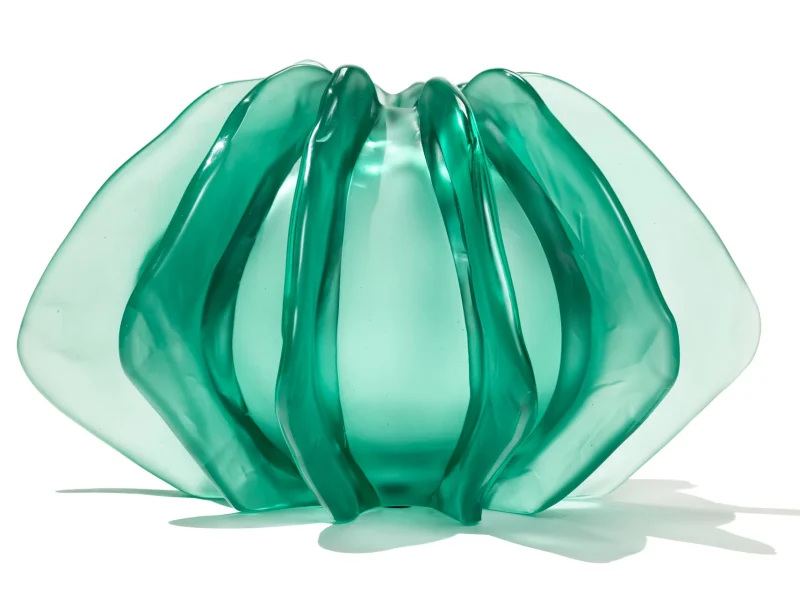<Recommended: Click here for the first half of the interview with Hideaki Fukutake, in which he talks about the newly opened Naoshima New Museum, how the Fukutake foundation contributes to the society, and his views on the contemporary art scene in Japan. >
We spoke with Hideaki Fukutake, Chair of the Board of Directors of Benesse Holdings, Inc. and Chairman of the Fukutake Foundation. The foundation supports the museum projects of Benesse Art Site Naoshima, centered on Naoshima, Teshima, and Inujima, as well as regional development activities through culture and art throughout Japan. It also supports the Setouchi Triennale.
Mr. Fukutake, an expert not only in art but also in management, spoke with us about the newly opened Naoshima New Museum of Art and his own involvement with art.
"It’s about how a person can gain new insights and make new inputs into life"
In a time when geopolitical changes are profoundly altering our consciousness, I believe that education has a significant contribution to make in shaping our future. What role do you see art playing in education?
I think art and education go hand in hand.
In terms of specific initiatives, the Fukutake Foundation has a program called “interactive art appreciation,” which I highly recommend. I think it is very interesting from an educational standpoint to look at a painting and verbalize it, to listen to the opinions of others who see things differently, and to use that as a basis for revisiting and breaking down your initial thoughts and then verbalizing them again. If you have never tried interactive art appreciation, I encourage you to try it. It’s very interesting and everyone can participate, regardless of age, from children to adults.
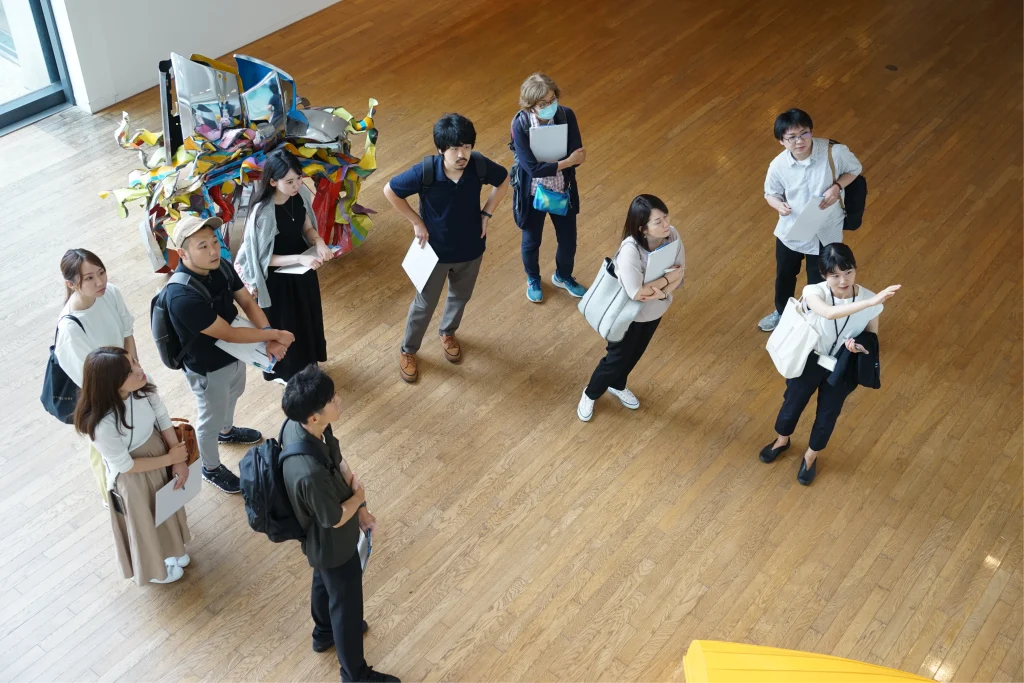
We, Benesse Art Site Naoshima, are unique in that we don’t often place captions next to the artworks. It was my predecessor’s wish that rather than being told what something means, visitors should deepen their thinking on their own. It’s not about learning and remembering, but rather about how a person can gain new insights and new inputs into their life.
For us, it was natural not to have excessive captions and explanations, but upon observing other museums, I found it peculiar that the longest lines form in front of the captions besides artworks, not the artworks themselves. I felt this imbalance in seeing people reading the caption for quite some time, then glancing at the painting for just a second, and then moving on to the next caption.
It’s not about good or bad, but it’s interesting to see that people seek backgrounds of the works or meaning in the captions, while I feel that it’s nice to take more time to give attention to the actual work. I really thought that if we could create a hybrid experience, integrating both ways of trying to understand art by reading the explanation and appreciating the artwork itself, it would make the experience richer. Many museums around the world offer similar programs, so we tried to think of ways to make this unique to Naoshima, not only for children but for adults as well.
From an educational perspective, I am currently based in New Zealand, and I remember this shocking event when my kids were still in primary school. The children had made art at school, like drawings or strange objects out of paper. Some time later I received an invitation for parents to come and see the work, so when I went to see it, we were asked to buy the artwork! It turned out to be a fundraiser for the school, which I thought was a great idea. It’s a great mechanism not just for fundraising, but also for the children, who have to plan and think about the value of things, including the experience of selling them.
In Japan, I feel uncomfortable with the idea of the children receiving five-scale grades based on the judgement of the picture being “well drawn,” or “good” or “beautiful”. We don’t even know if the teacher has a good sense of aesthetics, and there is a part of me that thinks it is strange to impose the evaluator’s aesthetic standards onto children. It’s a bit scary to think that children are taught such values in art class all the time, and grow up to be adults with that framework. I think there is room for improvement in Japan’s current art education as a first entry point to the arts.
I’m not saying that New Zealand may or may not be the best, but at the very least, it has a cultural foundation that accepts a wide range of perspectives. For example, when children’s artworks are exhibited and sold at school events, it’s not uncommon for other parents to buy them and say, “This is nice.” Even if the work isn’t conventionally beautiful, someone might say, “It’s not generally considered pretty, but it really suits that room in our house.” There’s a diversity of values at play in how things are appreciated.
It made me realize that beauty can take different forms depending on the context — what’s beautiful in one place might appear entirely different in another. I felt there was a lot to learn from that kind of perspective.
By the way, the school art fundraiser is an incredible system where the children negotiate the price of their artwork. We are doting parents and of course immediately bought our kid’s artwork for a high price (laughs). It’s still in our house and you can say that it’s a part of my collection.
"Various players playing a role in the arts will ultimately lead to assuring sustainability and permanence."
Benesse Holdings, Inc. and the Fukutake Foundation have been leading the way in public-private cooperation in art-related projects. What do you think is the significance of partnership between public and private sectors in promoting art-related activities today?
In our case, we started as the private sector, and after creating core values, we gradually expanded the scope of our activities. The Setouchi Triennale for instance (that we started), is now led more by the public sector.
I believe that it is important for both sectors to cooperate in many different ways. There is more space for engagement when the public and private entities work together, especially for the audience. For creators, it is definitely better to have more opportunities to express themselves, and I believe that involvement of the public sector will create such connections and expansions.
What is strange is that in Naoshima, no matter how we shouted out to the audience to come and see our various projects, sometimes our activities just would not generate traffic. But once we launched the Setouchi Triennale, people started moving from island to island, and when the local authorities started to support us, including with transportation logistics like boats and trains, all of a sudden we got a big influx of people. One of the advantages of having the government come in is that it allows for a smoother flow of people. I am 100% grateful for the government taking interest in artistic activities. I believe that it also sends a positive message to society, and the fact that various players playing a role in the arts will ultimately lead to assuring sustainability and permanence.
For instance, if the Fukutake Foundation were to operate in isolation, a single significant issue could potentially lead to its collapse. If the government and other collaborators are involved, we can all mitigate this risk. This is resilience. The public-private sector cooperation is actually interesting and is an important secret strategy to keep the activities going strong.
However, in many cases, when the public and private sectors work together from the beginning, the project can only achieve goals that have the greatest common factor in mind. From my experience, it works well when projects are initially led by the private entities alone and both sectors cooperate afterwards to continue and generate flow.
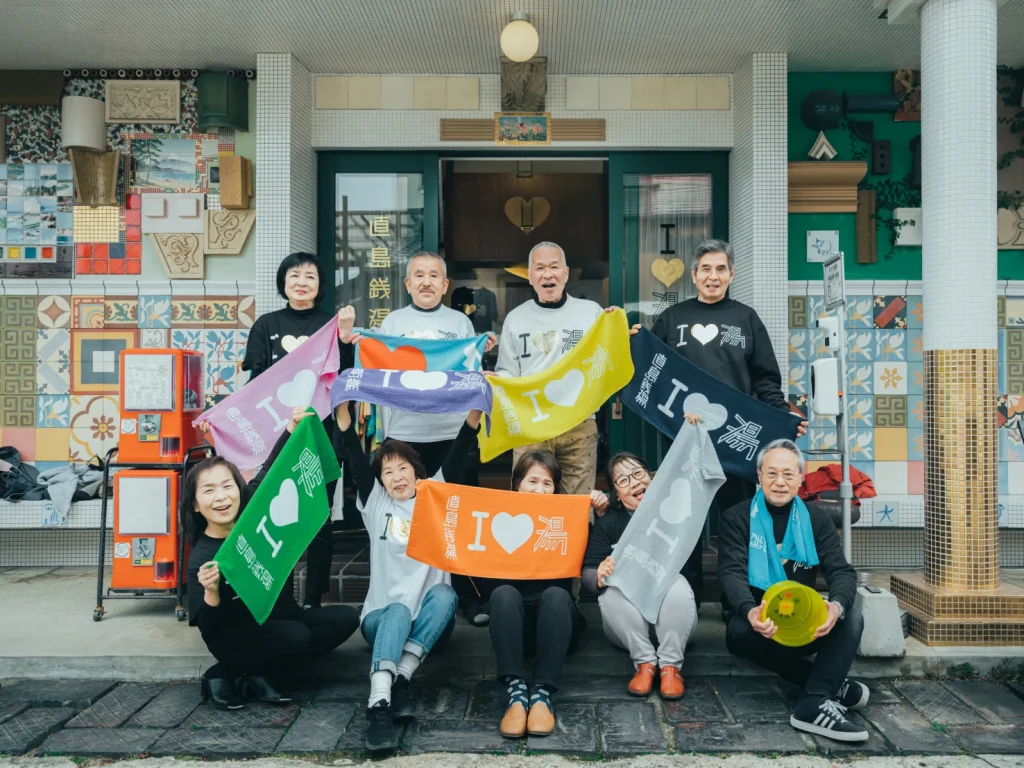
You mentioned that government measures have created a flow of people. With the current increase of tourism in Japan, is there anything that has changed as a result of the large number of foreign visitors, or conversely, is there anything that has remained the same?
The biggest change is that the residents have started to have a lot of confidence in their hometowns. It is a big change for people to gain pride realizing, “our island is so amazing that people from all over the world come here.” If our foundation or Soichiro Fukutake says this, it may sound pompous, but when people from all over the world really come and say, “Your island is wonderful!” it is definitely much more persuasive. Japanese people especially have this weakness toward foreign opinions, me included (laughs). International recognition can help people rediscover the value of what they have and restore a sense of confidence — and that’s one of the meaningful shifts we’ve seen.
Conversely, what I try not to change is to be careful not to respond too quickly to the current trend of strong tourist visitorship. If we try too hard to accommodate, or inevitably end up catering to foreign expectations, we risk diluting our original value and creating something generic and globally undifferentiated.
For example, it may be generally good to make a hotel room bigger by global standards, but perhaps there is some experiential value that can be offered because of Japanese rooms being smaller. There is meaning behind the small entrance of a tea ceremony room, for example. Back in the days, the entrance size would require samurai warriors to leave their swords behind. To make that entrance bigger because it is too small compared to foreign standards may be a practical solution, but the size will lose all its meaning. This is an extreme example of course, but I am not sure if it is really a good idea to make all signs exclusively in English, either.
While I generally don’t carry cash, and while I think it’s more convenient to have all services by credit card, recently I’ve been thinking perhaps cash and the exchange of hard currency might be meaningful to the island. There used to be a lot of large tour buses coming into Naoshima, and there was discussion about widening the road for these buses. If the roads were wider, yes it would be efficient for the tour buses, but the locals who normally walk there will stop walking on that main road if the traffic gets heavy.
If so, we would lose those moments for community interaction, and that, I think, impacts so many other things too. I’m very grateful for the current international traffic in Japan, but I think it is important not to react too quickly to the situation.
Of course, we do need a certain level of response. One of our interesting programs is the volunteer guided tours we provide for foreign visitors, given in English by children from elementary and junior high schools in Naoshima.
The audience is more receptive to children, who tend to dance while explaining the work, as opposed to art professionals who give a very academic overview. For the children, it’s a chance to interact with foreigners, and they can practice their English as well. Rather than doing things because we feel we have to, it’s really best if we could build a win-win relationship that includes the local community.
Of course, as a foundation, we do feel the need to hire people who can speak a variety of languages.
Last, but not least, what are your expectations for this year’s Tokyo Gendai?
I’m really looking forward to and rooting for it! Personally, I think it’s great that Tokyo Gendai is held in Yokohama, and I hope to see the fair evolve in its own unique way, rather than using foreign art fairs as a benchmark. It is rare to see a fair like Tokyo Gendai that has booths of various categories, and I would be very happy to see Tokyo Gendai continue taking up new challenges. As a visitor, I am really looking forward to it!
<Thank you very much Hideaki-san. We look forward to seeing you in September.>
Hideaki Fukutake Profile
Chair of the Board of Directors of Benesse Holdings, Inc. and Chairman of the Fukutake Foundation. The foundation supports the museum projects of Benesse Art Site Naoshima, centered on Naoshima, Teshima, and Inujima, as well as regional development activities through culture and art throughout Japan. It also supports the Setouchi Triennale.


